GYMNASTICS 101: EASY WAYS TO INCORPORATE GYMNASTICS INTO PHYSICAL EDUCATION

Written by: Cecilie Fenger-Andersen, Practicum Student, Ever Active Schools
As a child, I had more energy than my parents knew how to handle—and a habit of being upside down at any possible moment. To tackle both of these qualities, my parents put me in gymnastics. After more than 10 years of training and competition, the skills I learned in gymnastics have transferred over to every other sport and activity I have tried. I’m happy to say that I still love the sport. I feel fortunate to be able to pass on my knowledge as a coach.
Gymnastics was my first love, but I know not everyone is quite as keen. When thinking about gymnastics, many teachers imagine the feats of strength, flexibility, and the physics-defying stunts they see in the olympics. The idea of trying to incorporate this sport into a physical education class conjures images of bruises and broken bones, dangerous equipment and specialized movements that are foreign to those teachers without previous gymnastics experience. However, gymnastics at its core is about mastering basic fundamental movement skills including balancing, jumping, landing, locomotor variations, and rotations – no splits or flips necessary.
Why include gymnastics in physical education? Gymnastics offers many benefits to kids beyond fundamental movement skills including:
-
Enhanced development of brain function, coordination, social skills, gross motor skills, emotions, leadership and creativity;
-
Leaving children with a base that will support lifelong enjoyment and participation in almost any sport;
-
Supporting healthy growth and development: build strong bones and muscles, improve flexibility, develop good posture and balance, improve fitness, promote relaxation and improve sleep; and
-
Having fun!
So, how can you teach gymnastics skills? It doesn’t need to be difficult or scary. You can incorporate many of the basic skills into fun games and activities. Check out three of my go-to activities below:
-
Mirror Mirror: Students are in partners facing each other. One partner faces the teacher while the other partner faces away from the teacher. The teacher performs various actions, (e.g., gallops, arm movements, jumps, hops, skips, spins, etc.). The students who can see the teacher must mirror their actions. The students who cannot see the teacher must mirror the action of their partner.
-
Musical Hoops: For this game you’ll need hula hoops for all students in the class, less one. The hoops are scattered around the gym. When the music starts, the students must travel around the playing area performing a locomotion of your choice (e.g., jogging, bear walk, crab walk, skipping, bunny hops, etc.). When the music stops, students must attempt to get in a hoop. The student that does not have a hoop must perform a skill (e.g., airplane balance, twirl three times, five burpees, etc.) to join back into the game. Remove one hoop each round so that more people are “eliminated” and must perform a skill to re-enter the game. When only one hoop remains, the student who reaches it first is the winner.
-
Gymnastics Obstacle Course:



Wonderfully well explained!!!